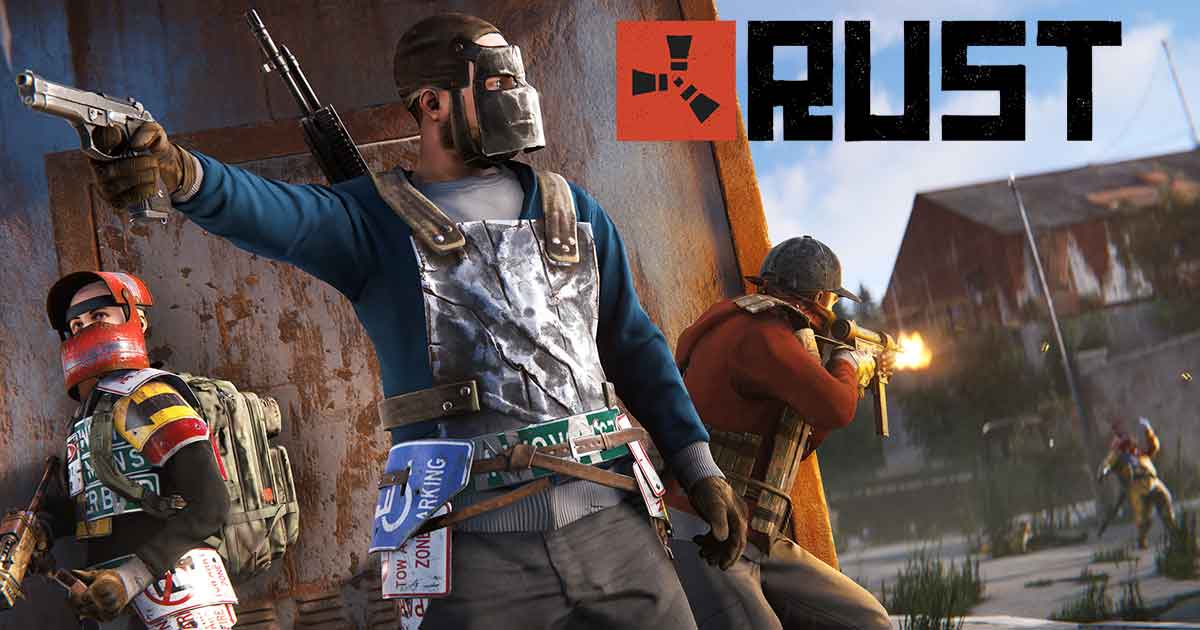DayZ Badlands Brings Brutal Desert Survival Map
DayZ is heading into the sand. Badlands, a major expansion targeting a likely late 2026 release.



DayZ is heading into the sand. Badlands, a major expansion targeting a likely late 2026 release, shifts survival from damp forests to a scorching desert, and it’s not just a reskin. With a large new map, punishing heat systems, scarce water, and player-driven infrastructure, Badlands looks like the starkest rethinking of DayZ’s loop since launch.
Quick hits
- New map: Nasdara (267 km²), 50% larger than Chernarus
- Setting: Desert region west of Chernarus, in Takistan
- Core hazards: Heat exposure, dehydration, sandstorms
- Systems: Repair/rebuild wells, manage shade, resource scarcity
- Wildlife: Snakes/scorpions (hostile), camels/gazelles (neutral)
- Gear/vehicles: Desert clothing, old-school rifles, dune buggies, quads, pickups
- World features: Massive highway, border checkpoints, new structures
- Price target: Under $25 (devs aiming for more polish and volume)
The map: Nasdara, vast and vicious Nasdara is a 267 km desert expanse, DayZ’s largest official map to date and roughly 50% bigger than Chernarus. It trades pine forests for rusting pipelines, desert ruins, cacti, and long sightlines that flip DayZ’s encounter dynamics. Expect fewer safe angles, more exposed traversals, and high-stakes decisions about when to move and when to hunker down. Springtime visuals inject a hint of color, but the biome is still unforgiving.
Environmental pressure: Heat, water, and sandstorms Badlands makes weather an active antagonist. Sandstorms slash visibility and can strand you in the open. Heat exposure ramps up resource drain, turning hydration into your primary lifeline. Water is not just rare; it’s broken. Wells and other sources may need repair or even full reconstruction, forcing squads to commit tools, time, and risk to create communal lifelines, prime hotspots for ambushes or uneasy truces.
Survival rebalanced around scarcity Where Frostline emphasized cold mitigation and layered clothing, Badlands pivots to shade, hydration, and route planning between water nodes. Shade becomes a tactical resource; moving at the wrong hour could be deadlier than a gunfight. The meta shifts from “loot and roam” to “survey, secure, sustain,” with conflict naturally orbiting rebuildable water infrastructure.
Wildlife and threats Desert native wildlife adds both risk and atmosphere. Expect hostile snakes and scorpions capable of ruining a run, alongside neutral fauna like camels and gazelles that signal life and possibly food or utility, if you can capitalize. The soundscape and sightlines these animals create should make tracking and being tracked more nuanced than in forested maps.
Tools of the trade: Gear and vehicles New desert clothing provides some protection from the sun but won’t help much when temperatures drop. Deserts can still bite at night. Weapon additions lean toward old-school rifles (expect rugged, lower-maintenance platforms to shine), and vehicle options fit the terrain: dune buggies, quad bikes, and pickups that can chew through sand and scrub. Mobility will be king, but engines announce your presence across miles of empty air.
Worldbuilding: Highways and hard borders Nasdara isn’t just empty dunes. A massive highway network, border checkpoints, and new structures create chokepoints, patrol routes, and long-distance visibility games. These features give clans reasons to control territory beyond simple loot spawns: own the artery, shape the server.
PvP and PvE Implications
- Fights will stretch. Long sightlines reward reconnaissance and marksmanship; expect more long-range engagements but also storm-driven brawls when visibility collapses.
- Logistics matter. Repairing wells and defending routes becomes a strategic layer. Servers may develop “water politics,” where alliances and betrayals form around public infrastructure.
- Solo is harder but viable. Stealthy players who master timings, shade hopping, and quiet water routes can thrive if they avoid snakes, storms, and road ambushes.
Frostline taught players to stack warmth and ration calories; Badlands forces mastery of time-of-day movement, hydration economics, and infrastructure control. Both expand DayZ’s survival vocabulary, but Badlands is more openly adversarial: the map itself wants you dead, and the resources to defy it are deliberately contestable.
Price and timing Developers are targeting a sub $25 price, with a longer runway than previous releases to improve polish and content scope. Current guidance points to a likely late 2026 launch window.


